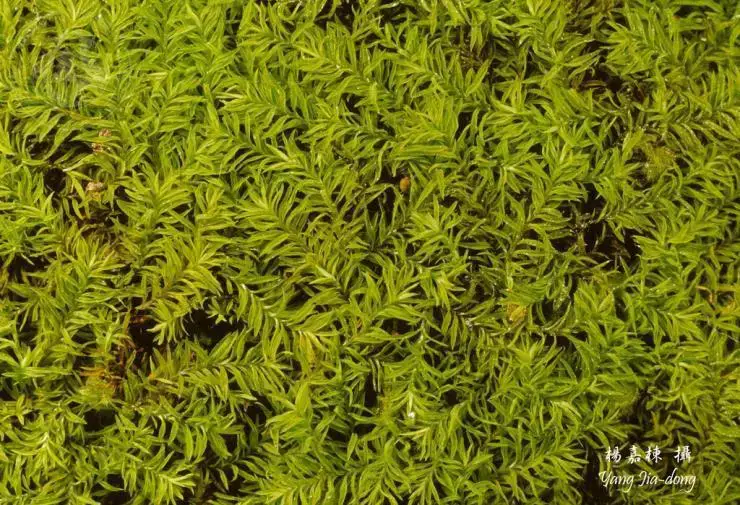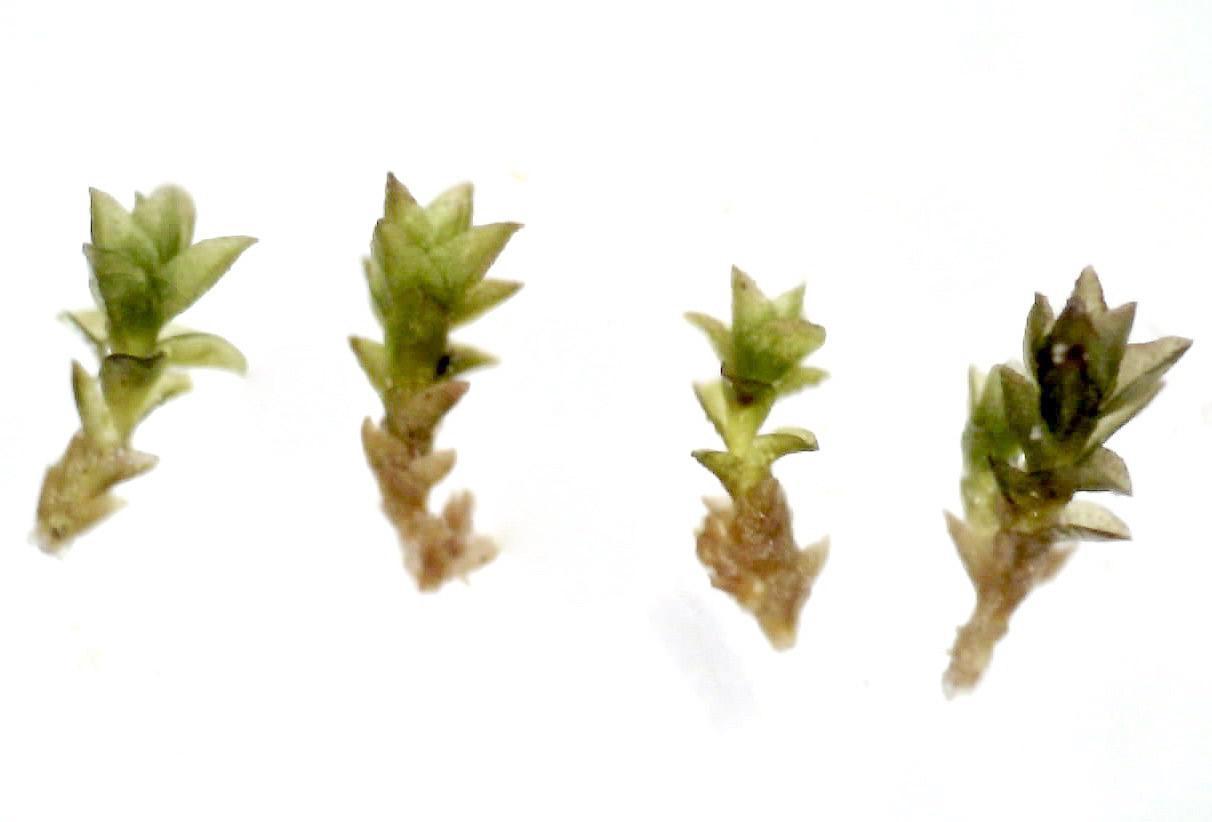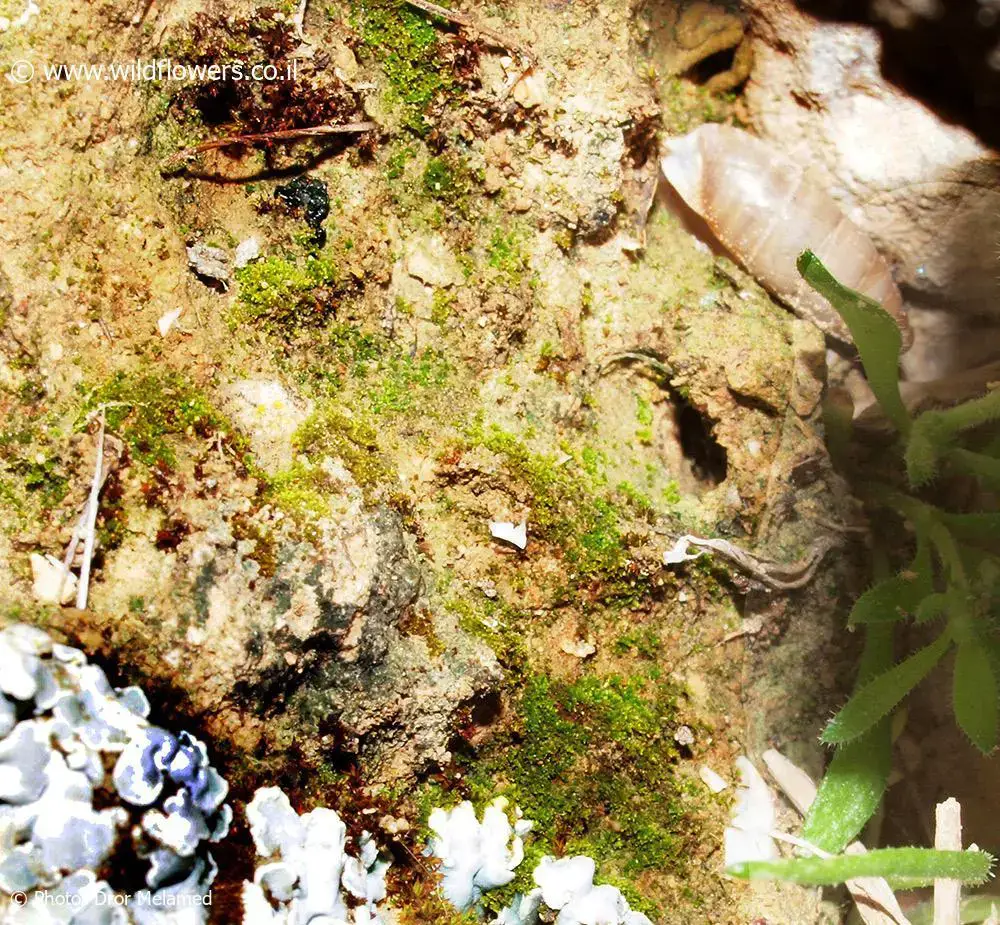
c29e8ae203856dbb0ad57711f39a4b66.jpg from: https://openmuseum.tw/muse/digi_object/3e3cd9e2f829615f61e5ad5c50340a0e
Anoectangium glaucescens: The Bluish-Green Moss of the Pottiaceae Family
Introduction
Today we’re diving into the fascinating world of mosses to explore a unique species: Anoectangium glaucescens Schimp., also known simply as Anoectangium. This small but mighty moss belongs to the Pottiaceae family and has some intriguing characteristics. Let’s learn more about this bluish-green bryophyte!
Background on Mosses
Before we get into the specifics of A. glaucescens, let’s briefly review what mosses are. Mosses are non-vascular plants in the division Bryophyta. They lack true roots, stems, and leaves like other land plants. Instead, they have rhizoids, stems, and phyllids. Mosses play important ecological roles and are found all around the world.
Morphology and Identification
Anoectangium glaucescens is a small, tufted or cushion-forming moss

3432-l-2.jpg from: https://www.wildflowers.co.il/hebrew/picture.asp?ID=22207
. Its shoots are only about 5-10 mm tall. The leaves are lanceolate (lance-shaped) and have a bluish-green color, especially when dry, which is where the species epithet “

3432-l.jpg from: https://www.wildflowers.co.il/hebrew/picture.asp?ID=22205
glaucescens” comes from. The leaf margins are plane (flat). Capsules are ovoid to cylindrical and borne on a short seta (stalk).
Global Distribution and Habitat
A. glaucescens has a wide distribution, being found in Europe, Asia, Africa, and the Americas. It grows on calcareous rocks and soil, often in sheltered and shaded locations like rock crevices, cliff faces, and banks. The species is found in a variety of habitats including woodlands, grasslands, and mountains.
Ecological Roles and Adaptations
Like other mosses, A. glaucescens plays several important roles in its ecosystems:
- Erosion control: The dense tufts help stabilize soil and prevent erosion.
- Water retention: Mosses absorb and retain water, regulating moisture in their environments.
- Habitat for other organisms: Many small invertebrates make their homes among the moss cushions.
- Carbon cycling: As a photosynthetic organism, A. glaucescens takes in CO2 and contributes to carbon cycling.
The species has adaptations that allow it to thrive in its niche, including:
- Desiccation tolerance: A. glaucescens can survive periods of drying out and rehydrate when moisture is available again.
- Shade tolerance: The moss often grows in sheltered, low-light environments.
Conclusion
Anoectangium glaucescens may be small, but this bluish-green moss is a fascinating and ecologically important species. Its global distribution, habitat preferences, and ecological roles make it an intriguing subject. Next time you’re out in nature, take a closer look – maybe you’ll spot some A. glaucescens! What other amazing bryophytes have you encountered?